
Hazel Petrie
Photo: Supplied
Historian Hazel Petrie's latest book, Outcasts of the Gods?, is an examination of Māori slavery in the 19th century, particularly during the period of the musket wars and inter-tribal battles.
She talks to Kim Hill about what was meant by slavery during that time and how widespread it was.
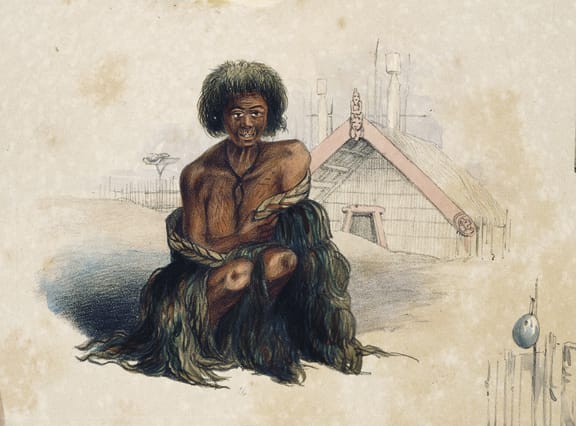

Portrait of an aged slave woman at Puketouto, by George French Angas, 1847. Alexander Turnbull Library, Wellington
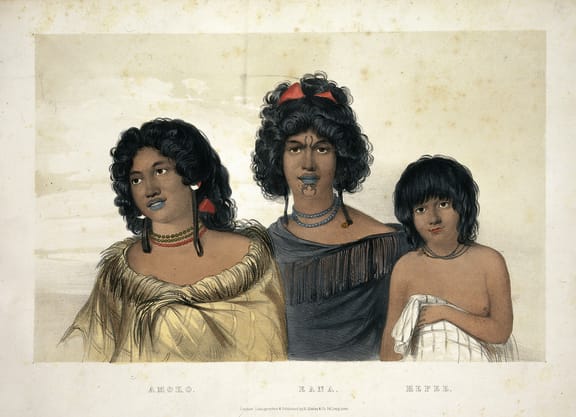

Portrait of three young Māori women, c.1827-28, by Augustus Earle.Alexander Turnbull Library, Wellington
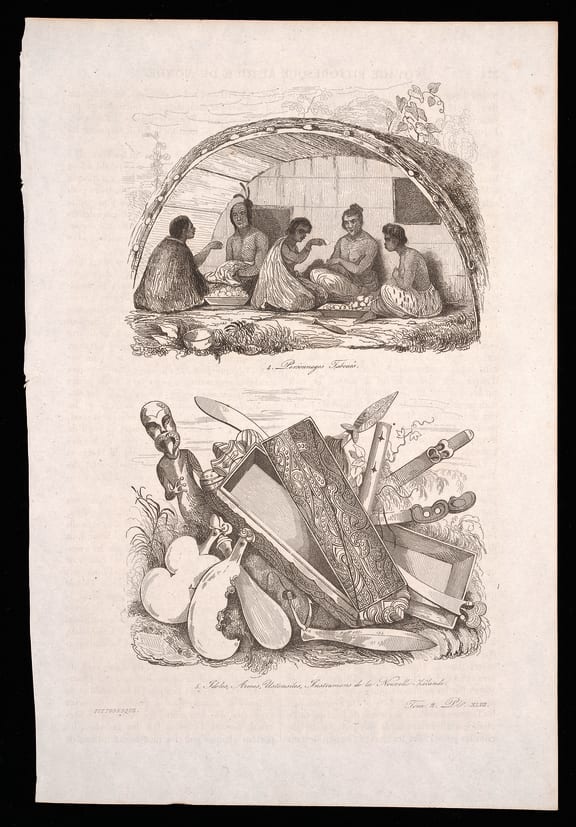

A man and a woman under tapu being fed by others, by Louis Auguste de Sainson, 1839. Alexander Turnbull Library, Wellington
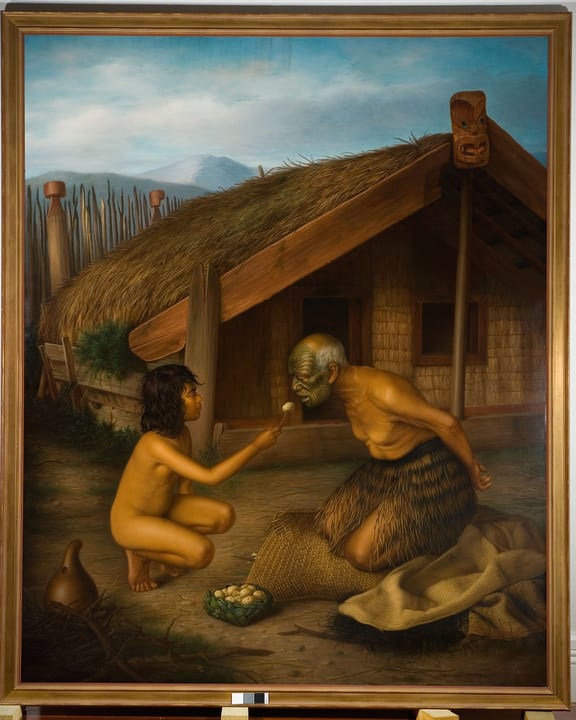

Tohunga being fed by a child, by Gottfried Lindauer, c.1902. Auckland Art Gallery Toi o Tamaki
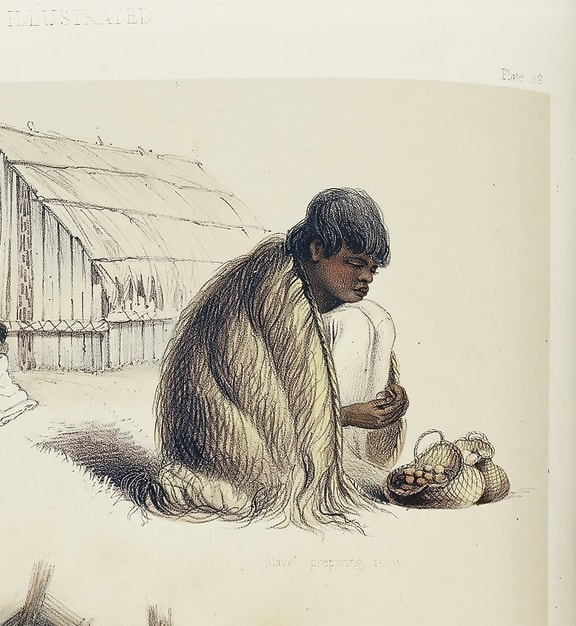

A slave woman preparing potatoes, by George French Angas, 1847. Alexander Turnbull Library, Wellington
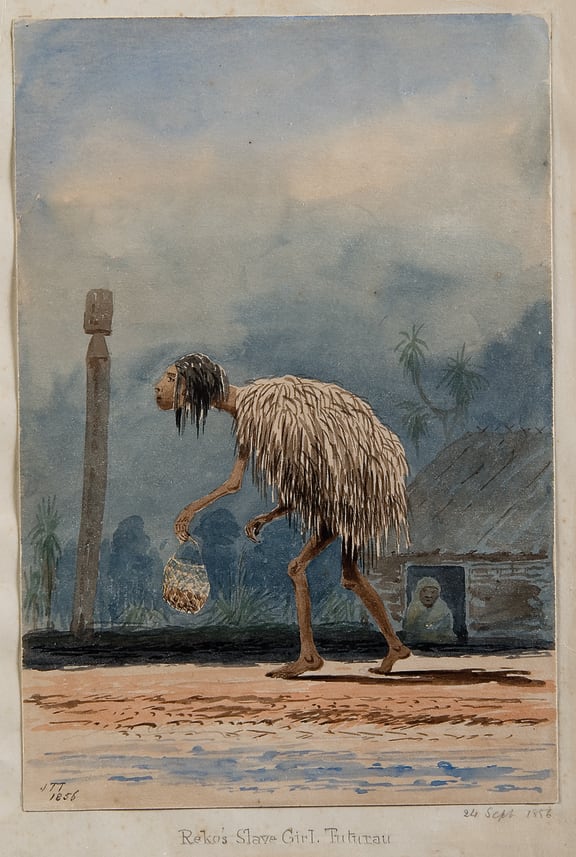

Reko's slave girl, Tuturau, by John Turnbull Thomson, 1856. Hocken Library, Dunedin
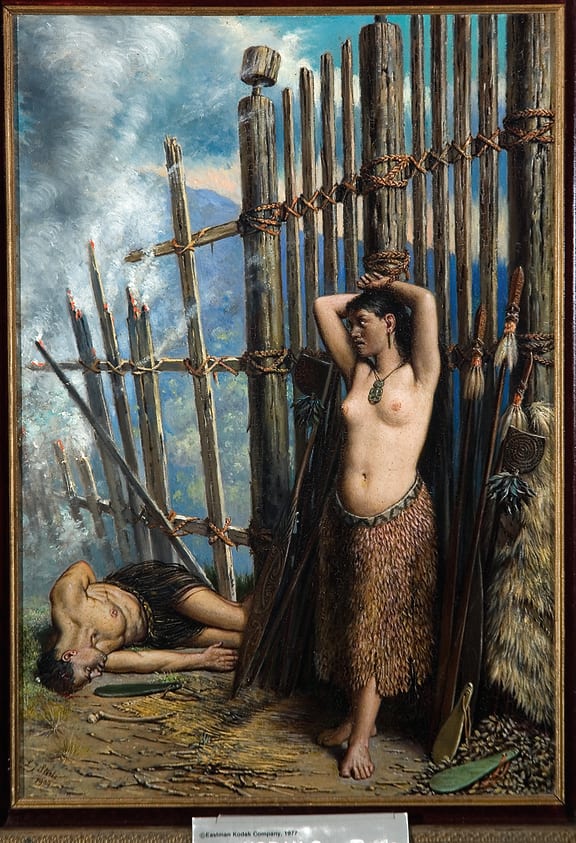

Spoils to the Victor, by Louis John Steele, 1908. Auckland Art Gallery Toi o Tamaki
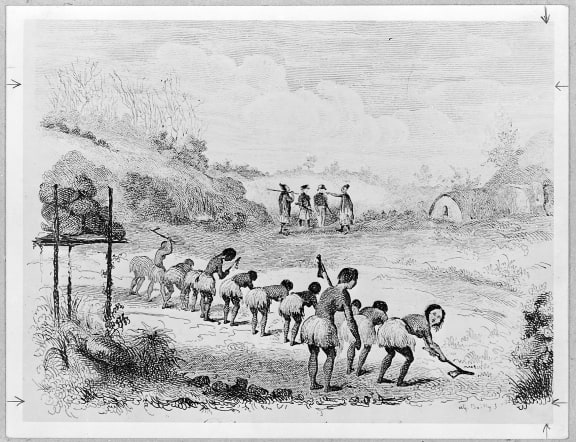

Woman overseeing a group of female workers, likely war captives, by Louis Auguste de Sainson, 1839. Alexander Turnbull Library, Wellington
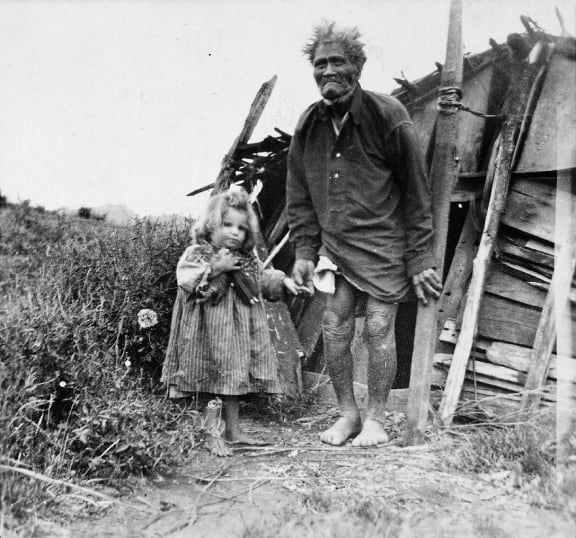

'Old Mihaka', the slave left behind by Te Rauparaha when eretreating from Kawhia., V.S> Jacskon, letter to Miss Wilson, c1919. Alexander Turnbull Library, Wellington
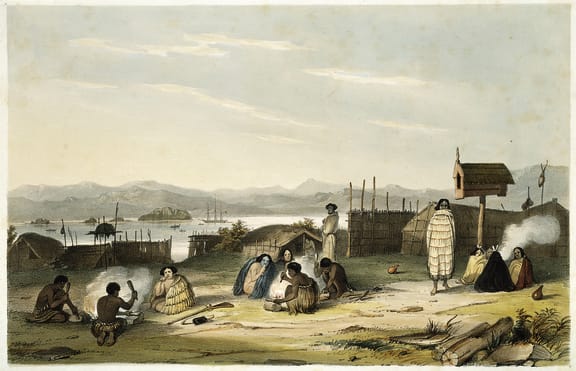

Slavea pounding fern root at Kororareka, 1827-28, by Augustus Earle.Alexander Turnbull Library, Wellington
Images from the book Outcasts of the Gods?
Hazel Petrie has a doctorate in Māori Studies from the University of Auckland. Her six years’ involvement with the Kimihea te mea ngaro project concerning 19th century Māori newspapers inspired her 2007 book, Chiefs of Industry: Māori Tribal Enterprise in Early Colonial New Zealand.
Her new book is the first history of Māori war captives: Outcasts of the Gods?: the Struggle Over Slavery in Māori New Zealand (Auckland University Press).
























